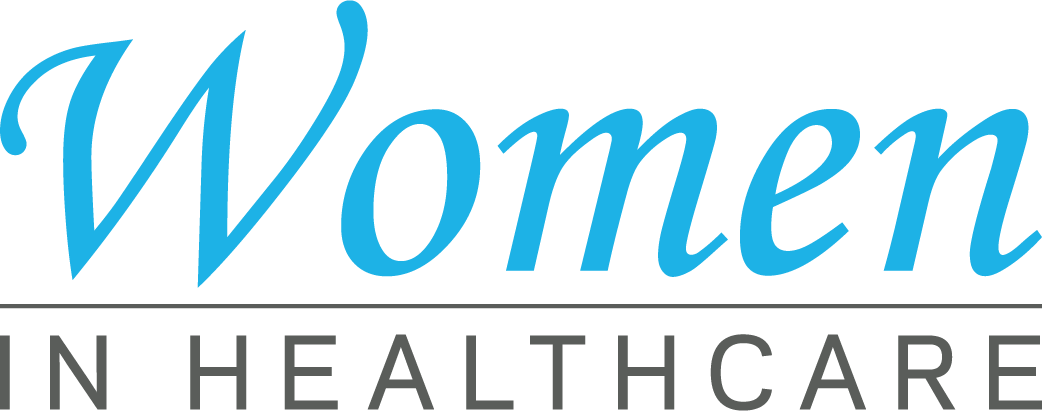Why Healthcare RCM is Crucial for Financial Health in Medical Practices
Why Healthcare RCM is Crucial for Financial Health in Medical Practices
Blog Article
A Comprehensive Overview on How Medical Care RCM Works to Simplify Payment and Collections
Browsing the complexities of healthcare earnings cycle monitoring (RCM) is essential for carriers aiming to enhance their billing and collections procedures. The guide unloads the ins and outs of RCM, from individual registration to accounts receivable management, offering insights right into optimizing each action. Integrating innovative modern technology and standard treatments can significantly decrease insurance claim denials and increase repayment cycles. Yet, real challenge lies in flawlessly merging these aspects to enhance capital. As we explore the core parts and methods that drive efficiency, one inquiry remains: exactly how can healthcare entities finest setting themselves to thrive monetarily in an ever-evolving industry?
Comprehending Revenue Cycle Administration
RCM is a crucial management feature that includes the entire financial process of person care, from the initial appointment establishing to the final payment of the balance. It is an intricate procedure designed to recognize, collect, and handle the earnings from the solutions offered to patients.
The RCM process begins when an individual routines a consultation and expands via the person's care journey, consisting of invoicing and collections. A key objective is to lower the time between giving a solution and getting settlement, therefore boosting the organization's monetary wellness. RCM includes numerous functions such as person enrollment, insurance confirmation, charge capture, coding, asserts submission, settlement posting, and taking care of appeals and denials.
Trick Elements of RCM
In the world of Earnings Cycle Administration (RCM), understanding its crucial parts is fundamental to accomplishing financial efficiency within medical care companies. RCM is a detailed process that encompasses numerous stages, each vital to guaranteeing efficient billing and collections. The key components include person registration, insurance verification, fee capture, coding, case submission, repayment publishing, and receivable administration.


Once coded, insurance claims are sent to payers, where accuracy is extremely important to avoid delays or rejections - Healthcare RCM. Settlement uploading entails tape-recording the gotten settlements, which enables the settlement of accounts. Last but not least, receivables monitoring concentrates on tracking and addressing unsettled insurance claims, making certain prompt follow-up and resolution
Each component of RCM is adjoined, and inadequacies in any kind of component can disrupt the entire cycle. Consequently, mastering these elements is important for doctor to optimize revenue and enhance their financial wellness.
Approaches for Reliable Payment

Standardizing billing treatments across the company is another essential method. Developing clear guidelines for paperwork, coding, and submission aids keep consistency and compliance with regulatory requirements. Educating personnel frequently on these procedures makes certain everybody is up-to-date with the current changes in payment codes and payer policies.
Exact fee capture is necessary in stopping income leakage. Implementing routine audits and monitoring systems enables for the identification and correction of disparities before they influence earnings. Furthermore, maintaining open lines of interaction with payers assists to rapidly deal with any kind of disputes or misunderstandings that may develop.

Lastly, engaging patients early in the payment procedure by offering clear quotes and instructional materials concerning their monetary obligations can considerably minimize complication and improve settlement timeliness. These approaches collectively add to a more monetarily healthy and balanced and effective billing system.
Enhancing Collections Processes
Offered the intricacies of clinical invoicing and the range of payer requirements, boosting the collections process includes carrying out calculated actions that guarantee prompt and accurate payment of solutions rendered. Automation tools can help in tracking claim conditions, sending out prompt reminders to clients, and managing rejections extra successfully.
Clear and transparent individual interactions are vital. Supplying detailed explanations of fees and using flexible repayment strategies can raise person fulfillment and timely payments.
Routine audits of the collections procedure should be performed to identify areas for improvement and guarantee compliance with regulations. By analyzing information, medical care companies can recognize fads, prepare for potential problems, and adjust techniques accordingly (Healthcare RCM). Eventually, a well-enhanced collections process not just sustains monetary wellness check yet likewise adds to a much more smooth experience for patients and personnel alike
Optimizing Revenue Streams
Structure upon the structure of a strong collections process, health care companies can even more reinforce their economic stability by tactically maximizing earnings streams. This involves a multi-faceted technique, starting with a comprehensive analysis of existing profits sources to determine inefficiencies and areas for development. Employing innovative data analytics devices enables organizations to obtain insights Read More Here into payer mix, client demographics, and solution utilization patterns, permitting data-driven choices that boost revenue capture.
Carrying out automated billing systems can substantially lower errors and speed up insurance claims refining, making certain that earnings is accumulated a lot more successfully. In addition, maximizing payer contracts via routine arrangements can enhance compensation prices and terms, straight affecting the bottom line. Branching out solution offerings, such as including telehealth or health programs, can also attract a wider individual base, therefore enhancing income possibility.
Another important element is improving patient interaction and contentment, as completely satisfied individuals are most likely to adhere to treatment strategies and make timely repayments. Providing flexible settlement choices and transparent billing methods can improve collections and foster person commitment. Healthcare RCM. By embracing these methods, health care organizations can produce a more resistant economic structure, making sure sustained growth and security in an ever-changing market landscape
Final Thought
Finally, health care Revenue Cycle Monitoring (RCM) plays a vital role in enhancing payment and collections processes by incorporating visit the site crucial components such as person registration, insurance policy confirmation, fee capture, coding, claims submission, and receivable management. By utilizing advanced modern technology, standardizing procedures, and cultivating client involvement, healthcare service providers can significantly lower claim denials, increase payment cycles, and boost capital. This thorough approach to RCM eventually results in improved monetary effectiveness and sustainability for healthcare companies.
The RCM procedure begins when an individual routines a consultation and prolongs via the patient's care journey, consisting of payment and collections.An additional important part is boosting client involvement and fulfillment, as completely satisfied patients are much more likely to stick to therapy strategies and make prompt settlements. Offering flexible repayment alternatives and clear billing methods can improve collections and foster patient loyalty.In final thought, health care Earnings Cycle Administration (RCM) plays an important function in maximizing billing and collections processes by integrating key elements such as individual enrollment, insurance coverage verification, fee capture, coding, asserts entry, and accounts receivable administration. By employing advanced technology, standardizing treatments, and fostering individual involvement, health care carriers can dramatically lower insurance claim rejections, speed up payment cycles, and improve money flow.
Report this page